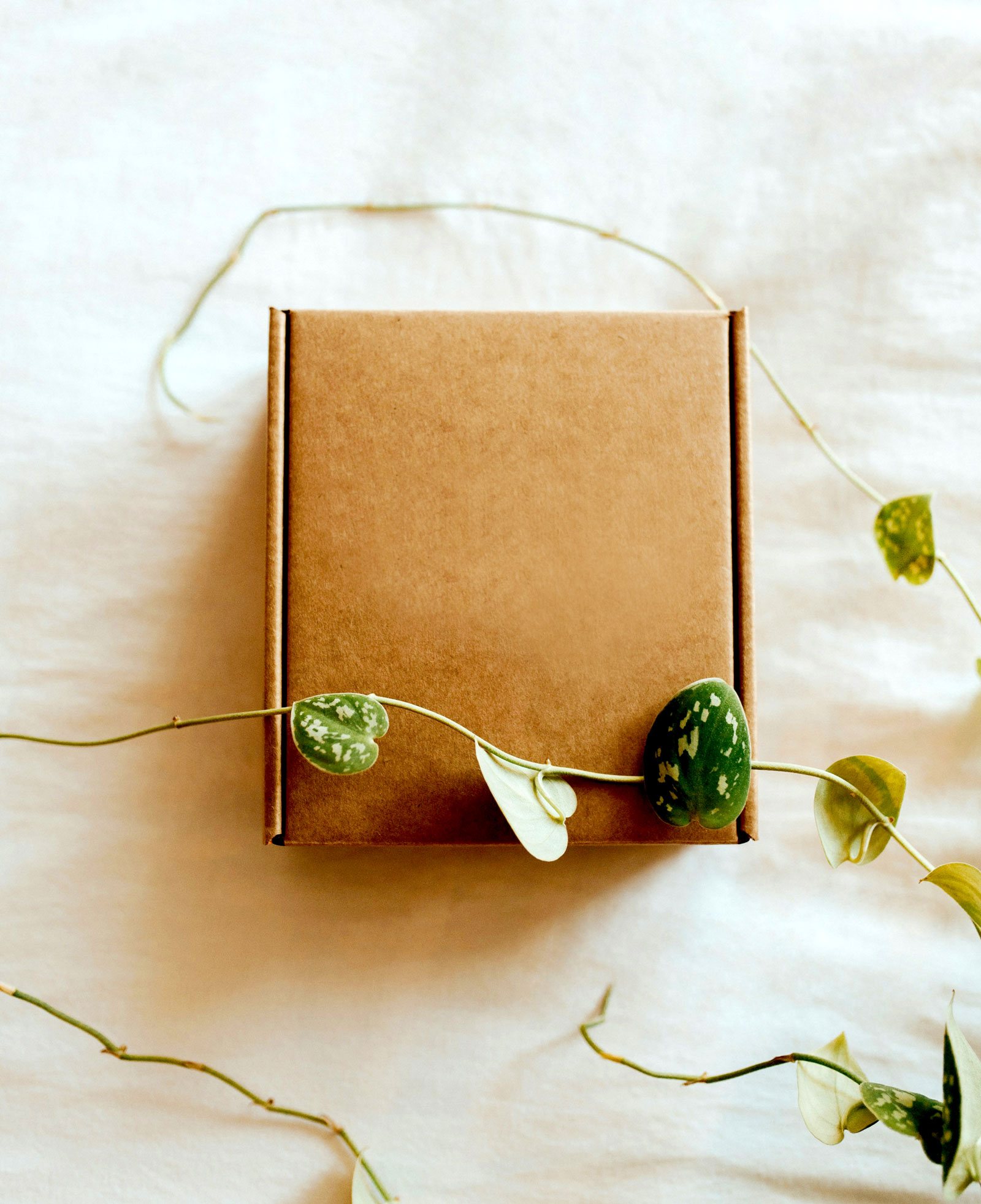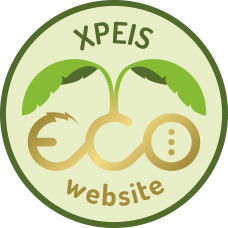Sustainable packaging: the future of packaging is green

Have you ever wondered how much impact packaging has on the environment? Every year, millions of tons of packaging waste end up in landfills or oceans, contributing to global pollution. According to recent studies, 40% of the plastic produced is used for packaging, and a large part of it has an extremely short life cycle.
In this context, sustainability is no longer an option, but a necessity. More and more companies are rethinking their packaging to reduce environmental impact by adopting recycled, biodegradable, or reusable materials. Packaging is not just a container but an opportunity to make a difference.
How can we rethink it from a sustainable perspective? Let’s discover together the solutions, examples, and innovations that are revolutionizing the industry.
The problem: the environmental impact of traditional packaging
In recent decades, it has become one of the main sources of global waste. The widespread use of single-use plastics, non-recyclable materials, and oversized packages has significantly contributed to environmental pollution, putting ecosystems and natural resources at risk.
One of the main issues is the poor recyclability of many packaging solutions, which often end up in landfills or, worse, in the environment. According to recent data, only 9% of the plastic produced is actually recycled, while the rest accumulates in oceans or soils, taking hundreds of years to degrade. This unsustainable consumption cycle worsens pollution and contributes to rising CO₂ and greenhouse gas emissions.
Beyond waste management, the very production of traditional packaging has a significant impact on natural resources. The processing of plastic, glass, and aluminum requires huge amounts of energy and water, contributing to environmental depletion.
In the face of this emergency, it is crucial to adopt a sustainable approach to packaging design. Companies must rethink their packaging, reduce the use of non-recyclable materials, and invest in greener solutions. Responsible packaging not only reduces environmental impact but also improves brand image, meeting growing consumer demands for transparency and sustainability.
The environmental impact of traditional packaging
Packaging is an essential component of our daily lives, but its environmental impact has become one of the biggest challenges of our time. Its production and disposal—often made with single-use plastics and non-recyclable materials—have devastating consequences for ecosystems.
Every year, millions of tons of plastic are produced, with a large percentage used for packaging. According to the European Parliament, 40% of global plastic production is used for packaging, and only a small portion is actually recycled. The remaining quantity ends up in landfills, oceans, or scattered in the environment, with degradation times that can reach up to 500 years.
In addition to plastic, many packaging solutions use materials that are difficult to dispose of or non-recyclable, increasing the consumption of natural resources like water, wood, and fossil fuels. The production of packaging, in fact, generates CO₂ emissions and contributes to global warming. Furthermore, excessive use of unnecessary packaging leads to avoidable resource waste, worsening the issue even more.
Adopting an ecological approach to packaging design means reducing environmental impact, optimizing resource use, and responding to consumer demand for sustainability. Companies that choose to invest in innovative materials and eco-friendly solutions not only help reduce pollution but also gain a competitive advantage by positioning themselves as responsible and future-oriented brands.
The packaging of the future
Faced with environmental impact, companies are adopting innovative strategies to reduce waste and pollution. The concept of sustainable packaging is based on three key principles: biodegradability, reuse, and waste reduction.
One of the most widespread solutions is the use of biodegradable and compostable materials. Unlike traditional plastic, these materials decompose quickly without leaving harmful residues in the environment. Concrete examples include those based on plant fibers, FSC-certified paper, and bioplastics derived from renewable sources like corn starch and sugarcane.
At the same time, many companies are investing in recycled packaging, using existing materials to reduce the consumption of virgin resources. Recycled PET plastic, regenerated cardboard, and reusable glass are just some of the solutions adopted to cut down on generated waste.
Another key trend is reducing waste through flexible and reusable materials. Lighter packaging, optimized formats, and resealable solutions help minimize raw material use without compromising functionality. This not only helps the environment but also reduces production and transportation costs.
Innovation in design plays a crucial role. Designing smarter packaging means eliminating unnecessary components, simplifying structures for easier recycling, and integrating technologies that inform consumers about proper disposal methods. More and more companies are experimenting with interactive QR codes that, when scanned with a smartphone, provide details about the materials used and suggest ways to recycle or reuse the packaging.
Adopting these solutions is not just an ecological choice but also an opportunity for companies to differentiate themselves and meet the needs of increasingly sustainability-conscious consumers.


